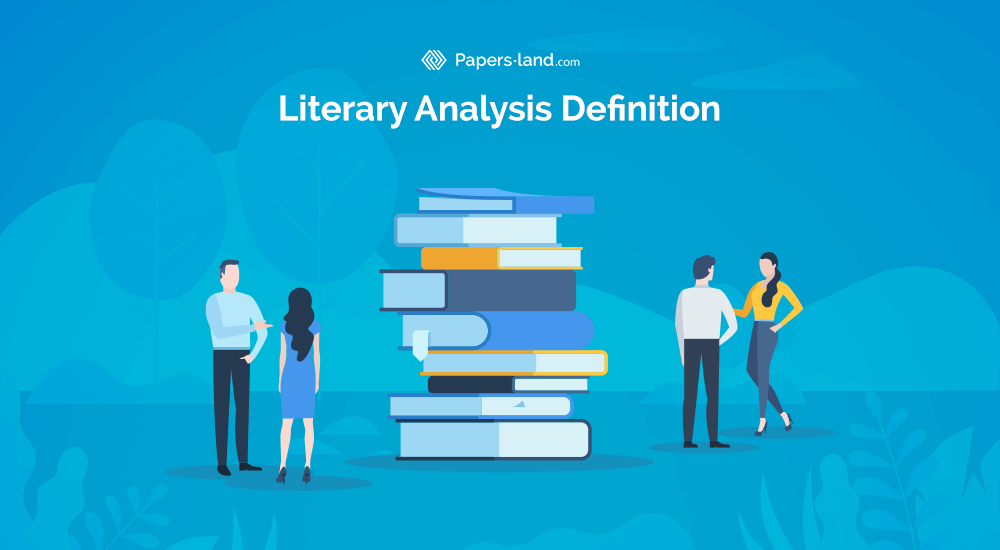


December 6, 2018
Many students often ask the question “How to do my college literary analysis?” In order to learn how to write good papers, it is necessary to understand each of the stages of text analysis. A work of art is the main object of literary analysis, the smallest unit of literature. Larger formations in the literary process, such as directions, trends, and artistic systems, are built from separate works, therefore they constitute the union of parts.
A literary work has integrity and inner completeness; it is a self-sufficient unit of literary development capable of going alone. A literary work as a whole has a complete ideological and aesthetic meaning, unlike its constituents (themes, ideas, plot, speech, etc.), which receive meaning and can exist only in the whole system. Detailed consideration of each element is the main principle of literary analysis.
The familiarization of the researcher with the subject and an understanding of the artistic world of the book become necessary prerequisites for literary analysis. Therefore, the object of literary research should include not only the artistic text itself but also the ideological and emotional impressions that it evokes. Of course, they are not arbitrary. They are, in fact, the ideological and emotional content of the book itself, directly assimilated and studied in the form of the writer’s emotional and cognitive experience.
Even at first glance, it is clear that a work of art consists of different sides, elements, aspects, etc. In other words, it has a complex internal composition. At the same time, separate parts of the book are connected and united with each other so closely that it gives grounds to liken the work to a living organism.
The composition of the work is characterized not only by complexity but by orderliness too. A work of art is a complexly organized whole; awareness of this obvious fact implies the need to know the internal structure of the text, that is, to identify its components and to realize the connections between them. Bypassing such an installation inevitably leads to empiricism and the lack of proof of judgments about the work, to complete arbitrariness in its consideration, and ultimately impoverishes our understanding of the artistic whole, leaving it at the level of the primary reader’s perception.
The theme of the text is an object of artistic reflection, those vital characters and situations (the relationship of characters, as well as human interaction with society as a whole, with nature, life, etc.), which are transferred from reality to artistic work and form the objective side of its content. The subject in this sense acts as a link between the primary reality and the artistic reality; it seems to belong to both worlds, the real and the artistic ones. You should, of course, take into account the fact that the characters and the relationships are not copied by the writer, but at this stage, they are changing creatively. The writer chooses the most characteristic things from reality, strengthens this specificity, and at the same time embodies it in a single artistic image. This is how a literary character is created (a fictional character with his or her character, that is, a set of individual stable social and psychological traits). You should primarily focus on this individual integrity when working on the analysis of the subjects of the book.
It is customary to consider the field of comprehension and understanding of reflected reality. This is the sphere in which the author’s concept of the world and a human being is manifested, where the writer’s thoughts and experiences are sealed, where the theme is viewed from a certain standpoint.
At the level of problem, the reader has a dialogue, where this or that value system is discussed, questions are posed, and artistic arguments are presented for and against one or another life-oriented world. It can be called the central part of the artistic content because, as a rule, it contains the thing that researchers appeal to the work for, a unique author’s perspective of the world.
Get professional assistance from the best writer.